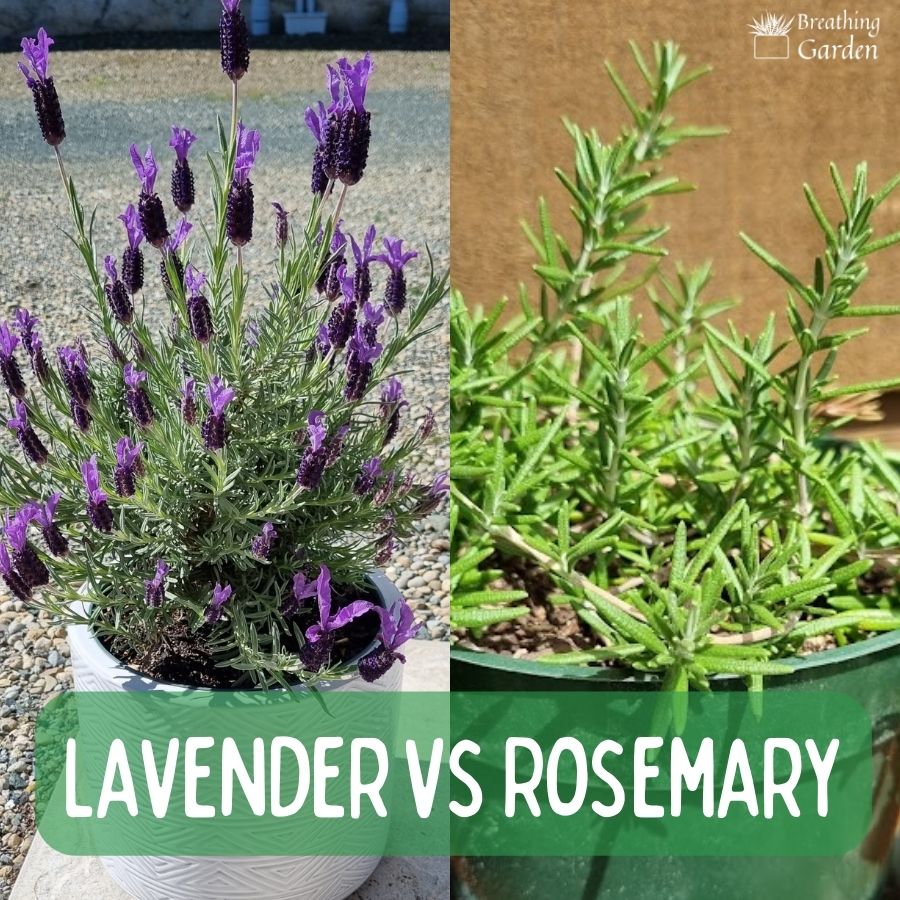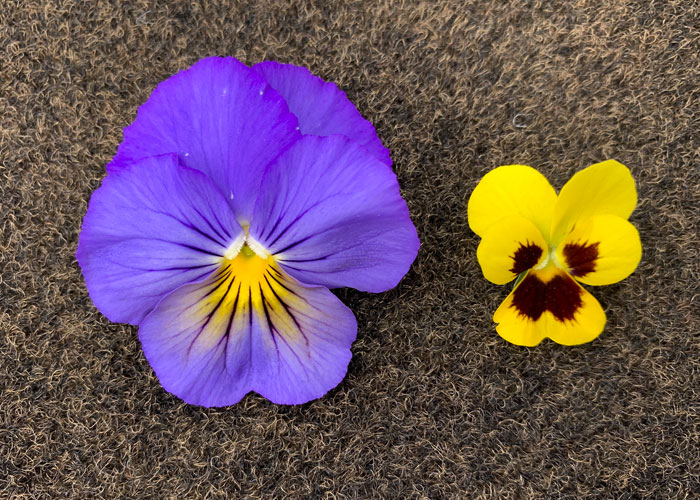The Ultimate Guide To Companion Planting
The Ultimate Guide to Companion Planting
Companion planting is a gardening technique that involves planting certain plants together to benefit each other. This can be done to attract beneficial insects, repel pests, improve soil quality, or increase yields.
There are many different companion planting combinations that you can try. Some of the most popular include:
- Marigolds and tomatoes: Marigolds help to repel tomato hornworms and nematodes.
- Beans and corn: Beans fix nitrogen in the soil, which benefits corn. Corn provides shade for beans, which helps to keep them cool.
- Carrots and onions: Onions help to repel carrot flies.
- Cucumbers and nasturtiums: Nasturtiums attract beneficial insects that help to control pests.
- Potatoes and beans: Beans help to fix nitrogen in the soil, which benefits potatoes. Potatoes provide shade for beans, which helps to keep them cool.
These are just a few examples of companion planting combinations. There are many other possibilities, so you can experiment to find what works best for your garden.
Benefits of Companion Planting
There are many benefits to companion planting. Some of the most important benefits include:
- Increased yields: Companion planting can help to increase yields by attracting beneficial insects, repelling pests, and improving soil quality.
- Reduced pest problems: Companion planting can help to reduce pest problems by attracting beneficial insects that prey on pests.
- Improved soil quality: Companion planting can help to improve soil quality by fixing nitrogen, breaking down organic matter, and attracting earthworms.
- Attraction of beneficial insects: Companion planting can attract beneficial insects, such as ladybugs, lacewings, and parasitic wasps, which help to control pests.
- Decreased need for pesticides: Companion planting can help to reduce the need for pesticides by attracting beneficial insects and repelling pests.
How to Companion Plant
There are a few things to keep in mind when companion planting. First, you need to consider the needs of the plants you are growing. Some plants need full sun, while others prefer partial shade. Some plants need well-drained soil, while others prefer moist soil.
Once you know the needs of your plants, you can start to think about companion planting combinations. There are many resources available to help you find companion planting combinations. You can find books, websites, and even apps that list companion planting combinations.
When you are planting your companion plants, it is important to plant them in the right location. Some plants, such as marigolds, can help to repel pests. However, if you plant marigolds too close to your tomatoes, the marigolds can actually attract pests.
It is also important to plant your companion plants at the right time. Some plants, such as beans, need to be planted early in the season. Other plants, such as tomatoes, can be planted later in the season.
Conclusion
Companion planting is a great way to improve your garden's health and productivity. By planting certain plants together, you can attract beneficial insects, repel pests, improve soil quality, and increase yields.
If you are new to companion planting, there are a few things you can do to get started. First, read up on companion planting and find some companion planting combinations that you are interested in trying. Second, visit your local nursery or garden center and ask the staff for recommendations. Finally, experiment and see what works best for your garden.
With a little planning and effort, you can use companion planting to create a healthy and productive garden.
When you're planning your garden, it's important to consider which plants go well together. Some plants attract beneficial insects, while others help to deter pests. Some plants can even help to improve the flavor of other plants.
If you're not sure which plants to plant together, you can visit Gardenia Inspiration for more information. This website has a comprehensive list of companion plants, as well as information about the benefits of companion planting.
For example, mint and brassicas are a great companion plant combination. Mint helps to repel pests that can damage brassicas, such as cabbage moths and aphids. Marigolds and tomatoes are another good combination. Marigolds help to deter nematodes, which can damage tomato roots.
Companion planting can help to improve the health and productivity of your garden. By planting the right plants together, you can create a more balanced and pest-resistant garden.
FAQ of plants that can be planted together
Q: What are the benefits of companion planting?
A: Companion planting is the practice of planting certain types of plants together in order to improve their growth and productivity. There are many benefits to companion planting, including:
- Increased yields: Companion plants can help to attract beneficial insects, improve pollination, and deter pests. This can lead to increased yields of your crops.
- Improved soil health: Companion plants can help to improve the soil by adding nutrients, breaking down pests, and suppressing weeds.
- Reduced disease risk: Companion plants can help to reduce the risk of disease by attracting beneficial insects and providing shade.
- Enhanced beauty: Companion plants can add beauty to your garden by attracting pollinators, providing fragrance, and adding color.
Q: What are some good companion plants for tomatoes?
A: Tomatoes are a popular garden vegetable, and there are many good companion plants that can be grown with them. Some of the best companion plants for tomatoes include:
- Basil: Basil helps to repel pests such as aphids and tomato hornworms.
- Marigolds: Marigolds help to repel nematodes, which can damage tomato roots.
- Chives: Chives help to attract beneficial insects such as ladybugs and hoverflies.
- Nasturtiums: Nasturtiums help to deter aphids and other pests.
- Cucumbers: Cucumbers help to suppress weeds and provide shade for tomatoes.
Q: What are some plants that should not be planted together?
A: There are a few plants that should not be planted together, as they can compete for resources or attract pests. Some of the plants that should not be planted together include:
- Corn and tomatoes: Corn and tomatoes compete for nutrients, so it is best to plant them in separate areas.
- Beans and peas: Beans and peas fix nitrogen in the soil, so it is best to plant them in different areas to avoid over-fertilizing the soil.
- Garlic and onions: Garlic and onions have strong scents that can repel each other, so it is best to plant them in separate areas.
- Potatoes and tomatoes: Potatoes and tomatoes are susceptible to the same diseases, so it is best to plant them in separate areas to avoid spreading disease.
Q: How do I know which plants can be planted together?
There are many resources available to help you determine which plants can be planted together. Some of these resources include:
- Companion planting charts: Companion planting charts list different types of plants and their compatible companions.
- Books on companion planting: There are many books available that discuss the benefits of companion planting and provide lists of compatible plants.
- Online resources: There are many websites that offer information on companion planting.
Q: What are some tips for companion planting?
There are a few tips that can help you get the most out of companion planting:
- Consider the needs of your plants: When choosing companion plants, consider the needs of your plants, such as their sun exposure, water requirements, and soil type.
- Experiment: There is no one-size-fits-all approach to companion planting, so it is important to experiment and find what works best for your garden.
- Be patient: It takes time to see the benefits of companion planting, so be patient and don't give up.
Image of plants that can be planted together
Here are 5 images of plants that can be planted together, found on Pinterest:
- Coleus and Bacopa: These two plants have similar water and sunlight requirements, and they complement each other's colors. Coleus has bright, colorful leaves, while Bacopa has small, white flowers.

- Lavender and Rosemary: These two herbs have a lovely fragrance, and they can be used in cooking or for making tea. They also attract butterflies and other pollinators.

- Zinnia and Marigold: These two flowers are both annuals, so they will only live for one season. However, they will bloom profusely throughout the summer. Zinnias come in a variety of colors, while Marigolds are typically orange or yellow.

- Pansies and Violas: These two flowers are both cold-tolerant, so they can be planted in the spring or fall. They come in a variety of colors, and they attract bees and other pollinators.

- Hostas and Ferns: These two plants can provide a lush, green backdrop for other plants in your garden. They have different water and sunlight requirements, so you can choose the ones that best suit your needs.

Post a Comment for "The Ultimate Guide To Companion Planting"